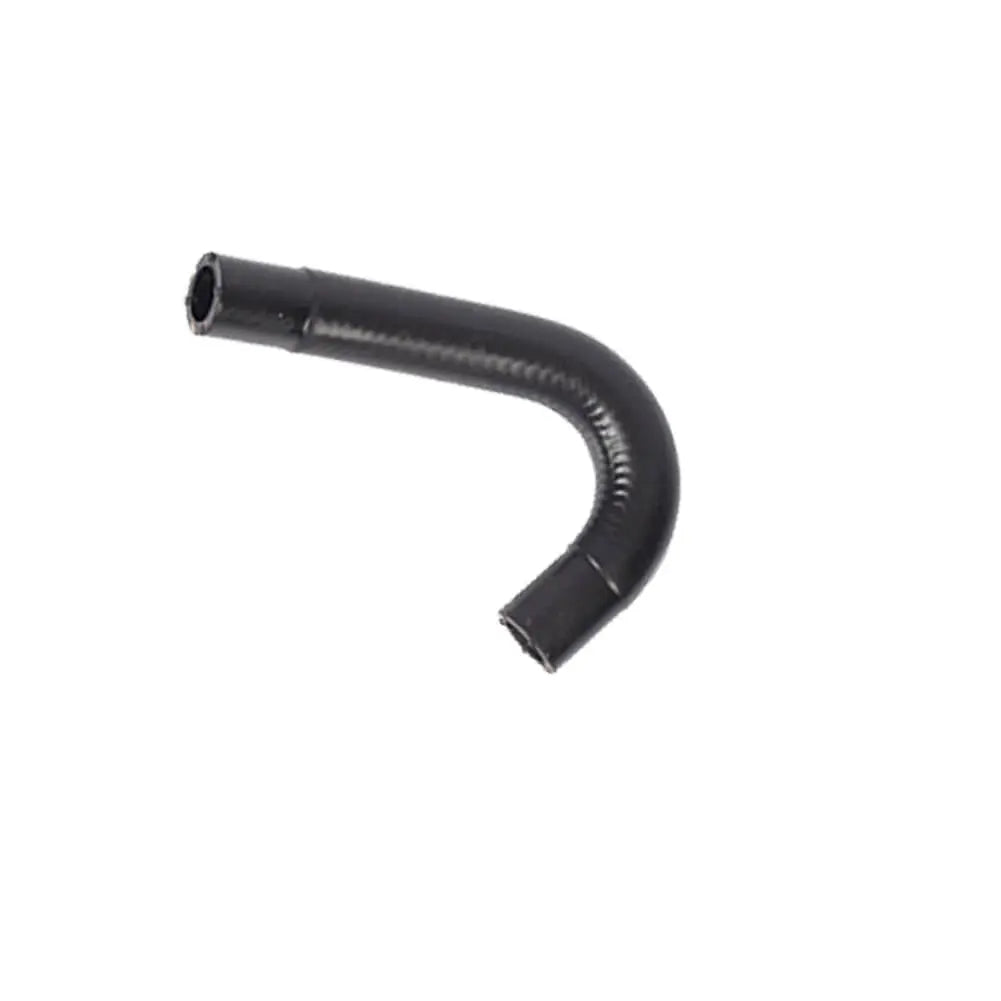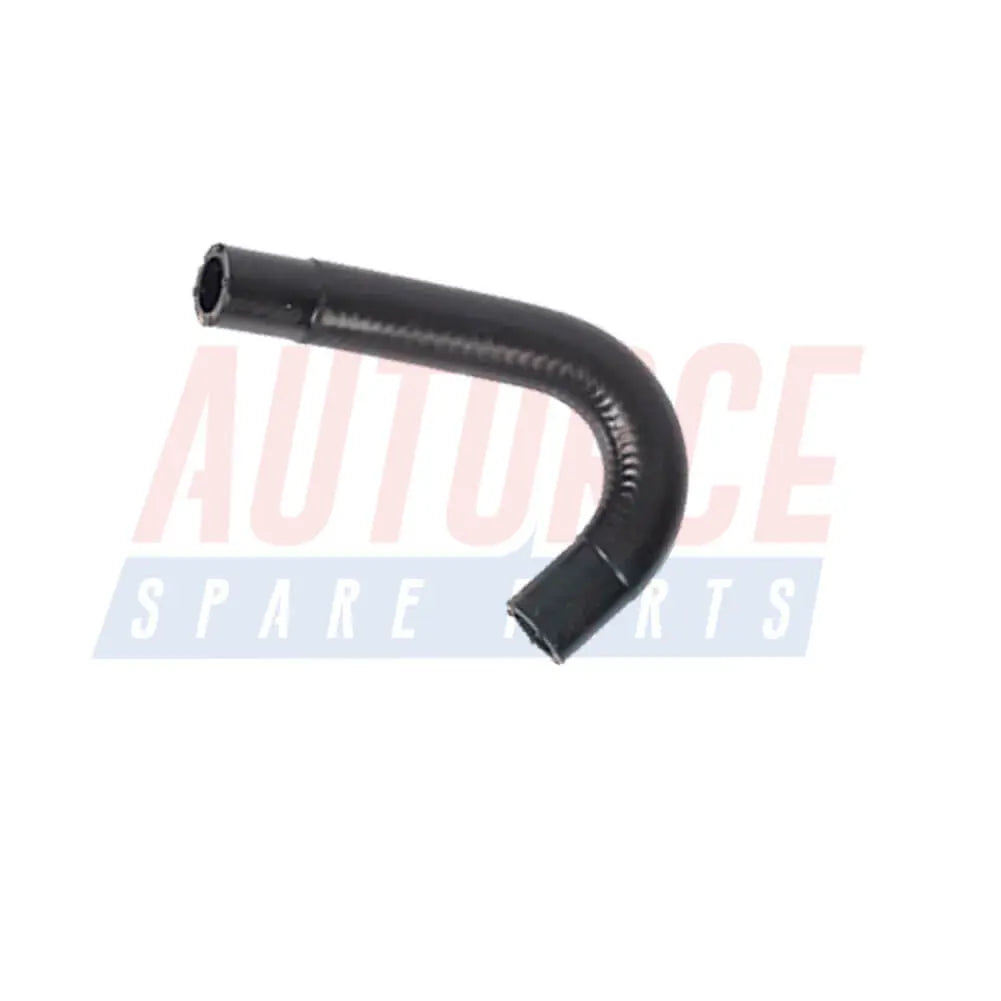Shop by Category
Egr Valve
1 product
Showing 1 - 1 of 1 product
Understanding the EGR Valve: A Crucial Component for Cleaner and Efficient Car Engines
When it comes to the performance and environmental impact of modern cars, various components work together to achieve optimal efficiency. One such critical component is the Exhaust Gas Recirculation (EGR) valve. The EGR valve plays a vital role in reducing harmful emissions and improving fuel economy. In this article, we will explore the importance of the EGR valve, its functionality, and its impact on car engines and the environment.What is an EGR Valve?
The EGR valve is an essential part of the emission control system found in most internal combustion engines. EGR systems have been used for several decades to reduce nitrogen oxide (NOx) emissions, which contribute to air pollution. The valve is positioned between the exhaust manifold and the intake manifold and regulates the flow of exhaust gases back into the combustion chamber.Functionality and Operation:
The primary function of the EGR valve is to recirculate a portion of the exhaust gases back into the engine's cylinders during certain operating conditions. By reintroducing a controlled amount of exhaust gases, the valve helps lower the peak combustion temperature, reducing the formation of NOx. This process also enhances fuel efficiency by decreasing the pumping losses within the engine.Types of EGR Valves:
There are mainly two types of EGR valves commonly used in cars: vacuum-operated and electronically controlled. Vacuum-operated EGR valves rely on engine vacuum to open and close the valve, while electronically controlled valves utilize sensors and actuators to precisely regulate the EGR flow based on engine parameters such as load, speed, and temperature.Benefits of EGR Valves:
1) Emissions Reduction: The primary advantage of the EGR valve is its ability to reduce NOx emissions, which are harmful to human health and contribute to environmental pollution. By recirculating and diluting the combustion mixture with inert exhaust gases, the EGR valve helps minimize the formation of NOx.2) Improved Fuel Economy: By reducing the peak combustion temperature, the EGR valve allows for more efficient combustion, leading to improved fuel economy. This can be especially beneficial during highway cruising and light load conditions.
3) Engine Knock Prevention: EGR valves can help prevent engine knock, a damaging phenomenon caused by uncontrolled combustion that can lead to decreased engine performance and reliability. By reducing the temperature and pressure spikes in the combustion chamber, the valve helps maintain smooth engine operation.
Maintenance and Troubleshooting:
Over time, EGR valves can become clogged with carbon deposits, affecting their performance. Regular maintenance and cleaning are essential to ensure optimal operation. Signs of a faulty EGR valve include rough idling, reduced engine power, and increased emissions. If you experience these symptoms, it is recommended to consult a qualified mechanic for inspection and potential replacement.The EGR valve plays a crucial role in reducing emissions and improving the efficiency of modern car engines. By recirculating exhaust gases, it helps minimize harmful nitrogen oxide emissions, enhance fuel economy, and prevent engine knock. Regular maintenance and inspection of the EGR valve are essential to ensure its proper functioning, contributing to cleaner air and sustainable driving for a better future.
Showing 1 - 1 of 1 product
Display
View
Filters (0)


